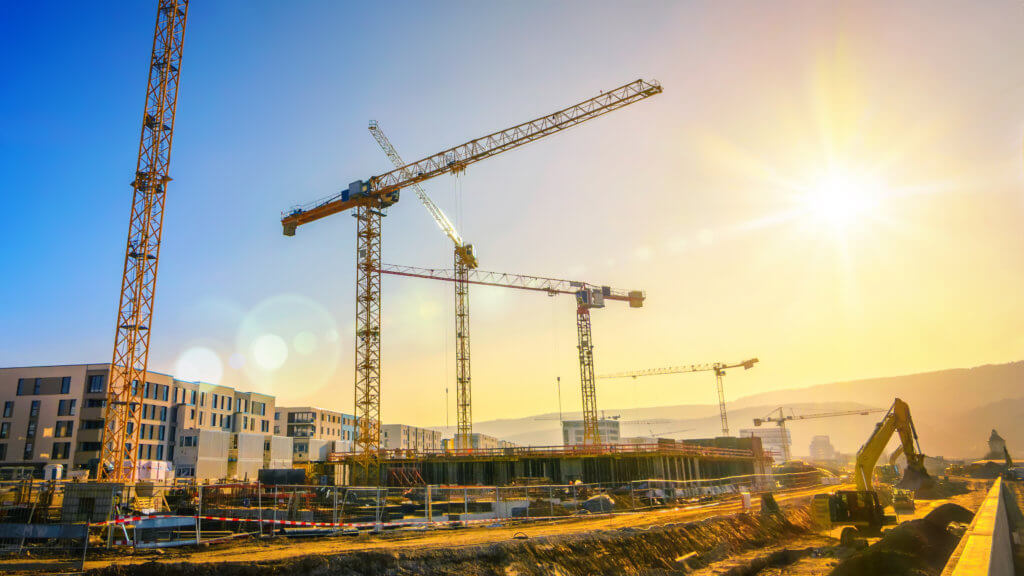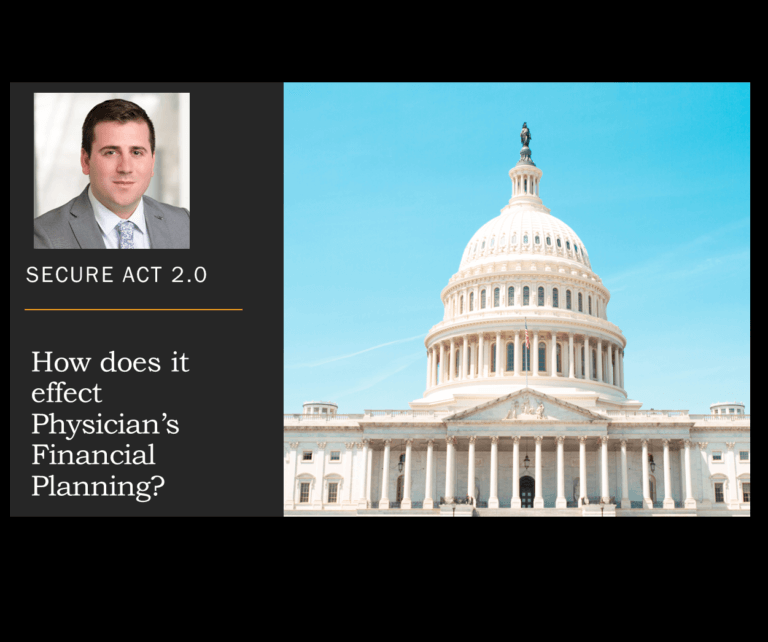What’s In Biden’s Infrastructure Plan? – by Syed Nishat

What’s in Biden’s infrastructure Plan? – by Syed Nishat
The Biden Infrastructure Plan: Changes and Opportunities
Media has been full of different takes on the proposed infrastructure and jobs bill that President Biden announced recently. The package is a far-reaching plan with a $2 trillion cost attached; the bill looks to repair, build, and expand the struggling infrastructure system in the United States while also creating and boosting American jobs. The administration is promoting it as a vital investment made in the nation to improve and modernize for the good of citizens’ lives and the economy.
Where is the bill spending the money?
- There are several key areas that the bill plans to tackle.
- This portion is primarily focused on not only updating roads, railways, and bridges, but also bringing to the forefront funding to encourage the use of clean energy. The $621 billion allotment would be used for repairing highways and smaller roads, as well as bridges, throughout the country.
- To encourage use of public transportation, there are funds set aside specifically for railway, port, and airport improvements, with route expansions and modernizations. Lastly, electric vehicles will get a push, from the use of electric vehicles in bus fleets to the building of electric vehicle stations to tax incentives for those who purchase electric cars.
- Looking to bolster the U.S. manufacturing and technology industries, the bill invests in domestic production and related fields.
- It would also spend on research and development, primarily on clean and renewable energy, including worker training and worker protection.
- With an eye toward the improvement of schools, homes, water systems, and accessible broadband, the plan earmarks a significant amount toward quality of everyday life for communities. This includes renovations of low- and middle-income level homes, modernization of public schools and buildings used for veterans’ healthcare, improvement of public housing, and the replacement of lead pipes and service lines to provide safer drinking water.
- There is also a big push toward making broadband internet available to all Americans with high-speed networks throughout the country.
- The bill emphasis on enhancing quality and affordability for those needing either home or facility-based care. The aspects of this would include streamlining the Medicaid program to enable more qualified people to get the care they need more quickly while also offering more services. Tackling the typically low wages of care workers, the bill would increase the pay they currently receive to put it on par with the level of work they do.
The Bill comes with a price: Tax Hike?
The big question whenever there is a great deal of money to be spent in a bill is always the same: how will this be paid for? The simple answer is often the same as well: by raising taxes. These taxes will be raised on both the individual and corporate sides. The Made in America Tax Plan would raise corporate taxes to 28%, which while higher than the current rate is not as high as it was prior to the tax cuts in 2017. The Biden administration would also increase the minimum tax on multinational corporations. Further, it would eliminate the rule allowing U.S. companies to pay no taxes on the first 10% of their returns when they locate investments in other countries. The incoming tax plan is part of the initiative to promote U.S. job creation and production in America and has a lot to do with general tax reform.
For individual taxpayers, tax changes will be largely for those earning over $400,000, including a Social Security payroll tax and a reversion to the pre-Tax Cuts and Jobs Act income tax rate. There will also be changes to estate and gift taxes, returning them to the rate and exemption levels that were in place in 2009, as well as placing a cap on the tax benefit of itemized deductions for those in the highest tax brackets.
How to position your portfolio?
Sectors that may perform well:
Because of the money allocations in this bill, there are some sectors that may do very well—the areas in which the plan’s investments will be made. There will be a boost for electric vehicles, meaning manufacturers and the infrastructure required to keep the vehicles running, such as charging stations. Going along with this, renewable energy is another area that will likely do well, taking into consideration the push for research and development into clean energy sources and application in a wider market, as well as finding ways to minimize the use of fossil fuels. The nation’s care sector is another that will bear some watching, not only from the improvement of physical buildings like hospitals, care facilities, and clinics, but also pharmaceuticals. The ongoing pandemic has driven home the need to preparedness, and that includes improving a national supply of vaccines and other medication, as well as systems for production and development domestically. With the bill’s focus on improving and building homes, housing and builders will likely also see a boom, which there was already some evidence of during the pandemic. Not only housing construction will likely see an increase in demand. The bill’s large portion of funds going toward national infrastructure will mean construction companies and suppliers have an opportunity to broadly expand as they also benefit from the national investment plan for roads and bridges.
Keep an eye on inflation and interest rate:
Also, it’s important to keep an eye on the interest rate as rising spending may lead to increase inflation in the long run that may spur the interest rate up. The immediate effect will be in the long term bond fund. Retirees should be careful not to have their portfolio too much in bond funds as the price tend to fall if the interest rate rises.
International market has good valuation:
Last but least, international sector is handsomely priced compare to US equity. Especially Europe and emerging market. China is heading in the recovery and valuation still looks reasonable
With these changes on the horizon, there are definite opportunities for an investor. The sectors that will likely do well because of the infrastructure bill present a unique chance. It is always a good plan to be diversified in a financial portfolio, but with this upcoming bill, it may really pay off to be exposed to these sectors that are primed to get a boost. While the finalized bill may look different, both the GOP and Democrats have spoken out about the need for infrastructure improvements in the U.S. as both sides of the aisle have long identified its current crumbling state as well as a need for modernization. To see if your own portfolio is best set up to benefit from the incoming bill, speak with an experienced financial advisor who can analyze your holdings to make sure you’re properly diversified.
Syed Nishat is a partner, Wall Street Alliance Group. He can be reached on LinkedIn and on Twitter @syedmnishat. He holds the FINRA Series 7, FINRA Series 63, and FINRA Series 66 licenses, along with licenses for life, disability, and long-term care insurance. Syed holds a bachelor’s degree from the University of Nevada, Reno, and has been awarded the Behavioral Financial Advisor (BFA) designation. Syed’s articles and interviews about asset protection and common financial mistakes by physicians were published in Medscape, Medical Economics, and MedPage Today. He is the author of “8 Mistakes to Avoid When Administering a 401(k) Plan” and “SECURE Act 2.0 Could Be a Game Changer for Retirement Planning.”

